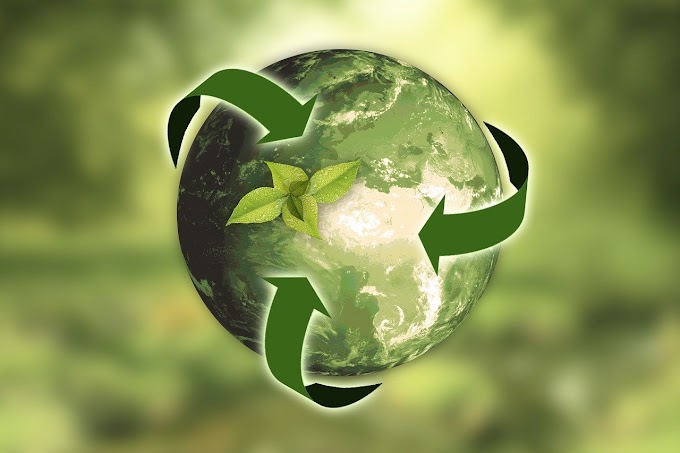Biomimicry in Textiles: Nature's Inspiration for Sustainable Innovation
Introduction
Biomimicry, the practice of
imitating nature for design inspiration, has gained significant attention in
recent years. The textile industry, with its vast potential for innovation and
sustainability, is increasingly turning to nature's designs for solutions. By
studying the intricate structures and processes found in the natural world,
designers and engineers can develop textiles with exceptional properties and
reduced environmental impact.
Examples of Biomimicry in
Textiles
Lotus Effect: Inspired by
the self-cleaning properties of lotus leaves, designers have developed textiles
with hydrophobic surfaces that repel water and dirt. This technology has
applications in sportswear, outdoor gear, and home textiles.
Spider Silk: Spider silk is
renowned for its incredible strength and elasticity. Researchers are exploring
ways to replicate these properties in synthetic fibers for use in
high-performance textiles, medical applications, and sustainable materials.
Shark Skin: The texture of
shark skin, with its tiny ridges, helps reduce drag in water. This principle
has been applied to textile design for swimwear and athletic apparel, resulting
in improved hydrodynamic properties and reduced energy expenditure.
Gecko Feet: Gecko feet are capable
of adhering to surfaces without the need for adhesives. This phenomenon has
inspired the development of dry adhesives for textiles, which can be used in
applications such as medical bandages, climbing gear, and wearable technology.
Benefits of Biomimicry in
Textiles
Sustainability: Biomimicry
can lead to more sustainable textile production by reducing the use of harmful
chemicals and energy-intensive processes. By mimicking natural systems,
designers can create materials that are biodegradable, renewable, and have a
lower environmental footprint.
Performance: Biomimetic
textiles often exhibit exceptional performance characteristics. For example,
textiles inspired by lotus leaves can be self-cleaning and stain-resistant,
while those inspired by spider silk can offer superior strength and elasticity.
Innovation: Biomimicry can
drive innovation and creativity in textile design. By looking beyond
traditional materials and methods, designers can discover new possibilities and
develop unique products.
Challenges and Future
Directions
While biomimicry offers
significant potential, there are also challenges associated with its
implementation in the textile industry. One of the main challenges is
translating biological principles into practical textile applications.
Additionally, scaling up the production of biomimetic materials can be costly
and complex.
Despite these challenges,
the future of biomimicry in textiles looks promising. As research and
development continue to advance, we can expect to see even more innovative and
sustainable textile products inspired by nature.
Conclusion
Biomimicry is a powerful
tool for addressing the challenges and opportunities facing the textile
industry. By studying the intricate designs and processes found in nature, designers
and engineers can create textiles with exceptional properties and reduced
environmental impact. As we continue to explore the possibilities of
biomimicry, we can look forward to a future where textiles are not only
sustainable but also inspired by the beauty and ingenuity of the natural world.






0 Comments